Remember that feeling of tossing your go-to snacks, staples, and sips into the cart without a second thought? Enjoy it while it lasts. Thanks to a complex mix of climate change, crop diseases, international conflicts, and supply chain shake-ups, some of your favorite grocery store items may quietly start disappearing from shelves over the next few years. From fresh produce to pantry must-haves, the countdown has begun on a handful of everyday items that might soon be harder to find—and a lot more expensive when you do. Here are 12 grocery store favorites you might want to savor now, because by 2026, they could be a rare sight in your shopping basket.
1. Vegetable Oils
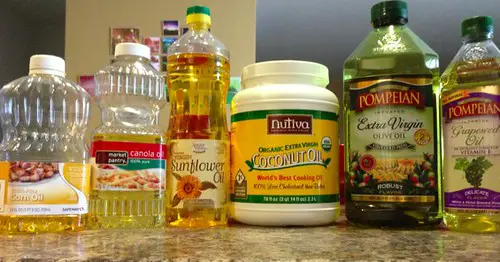
Vegetable oils, including canola, soybean, palm, and sunflower oils, are experiencing significant supply challenges globally. In Canada, a leading producer of canola oil, reduced crop yields have tightened supplies. South America’s soybean production has been impacted by drought conditions, further straining the availability of soybean oil. Indonesia, the world’s largest palm oil producer, implemented export restrictions in 2023, requiring producers to reserve a portion of their output for domestic use, leading to a 25% decrease in palm oil shipments, says the USDA. The ongoing conflict in Ukraine has disrupted the production and export of sunflower oil, as the country, along with Russia, accounts for a significant share of global sunflower oil supply.
These supply disruptions have led to increased prices and reduced availability of vegetable oils in global markets. The European Union, for instance, has seen a significant decline in vegetable oil imports, with soybean oil imports falling by 66% year-on-year in the 2024–25 marketing year. As vegetable oils are essential ingredients in a wide range of food products, from cooking oils to processed foods, these shortages are likely to have a cascading effect on food prices and availability. Consumers may find it increasingly challenging to purchase their preferred vegetable oils and related products by 2026.
2. Boxed Cake Mixes

Boxed cake mixes are rapidly becoming a thing of the past, as more home bakers turn to scratch baking and cleaner ingredient options. Many cake mixes rely on additives, preservatives, and artificial flavors to achieve their long shelf lives, which no longer align with the demand for natural foods. According to Taste of Home, social media platforms like TikTok and Instagram have sparked a renewed interest in homemade baking, with influencers sharing easy recipes that rival boxed mix convenience.
Brands that once dominated the baking aisle are seeing a decline in sales as consumers prioritize fresh, wholesome ingredients they can trust. Another factor contributing to the decline of boxed cake mixes is the growing availability of high-quality, ready-made desserts from bakeries and grocery stores. The perception that baking from scratch offers better flavor and fewer processed ingredients is further encouraging the trend.
3. Oranges
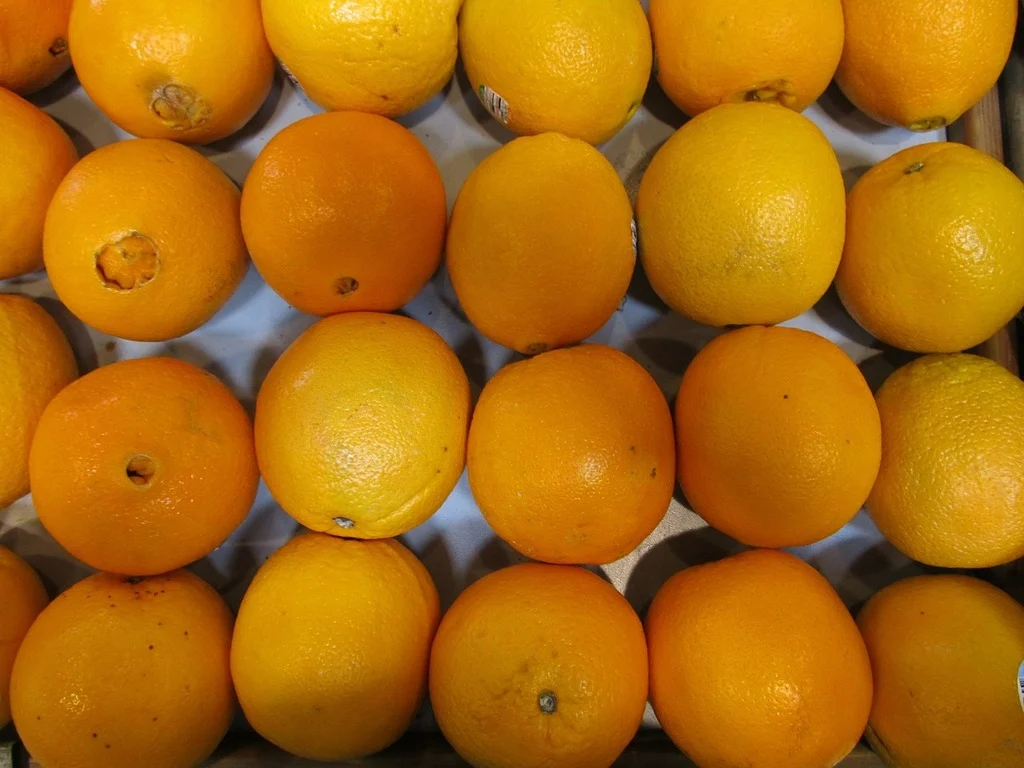
Florida’s orange industry, once a symbol of American agriculture, is facing unprecedented challenges. Production has plummeted by 92% over the past two decades, dropping from 242 million boxes in 2004 to just 12 million boxes in the 2024–25 season, according to The New York Post. This decline is attributed to a combination of factors, including the devastating impact of hurricanes like Irma, Ian, and Milton, and the persistent threat of citrus greening disease (HLB), an incurable bacterial infection that weakens trees and reduces fruit yield. The situation has led major growers, such as Alico Inc., to cease citrus operations, citing a 73% decline in production over the past decade.
The reduced orange harvest has significantly impacted the availability of orange juice, with approximately 90% of the 15 million boxes forecasted for 2024–25 expected to be processed into juice. The scarcity has driven up prices, making orange juice a costly commodity for consumers. Additionally, the decline in Florida’s production has global implications, as Brazil, another major orange juice producer, is also experiencing supply constraints due to similar challenges. These factors contribute to the increasing difficulty consumers may face in finding affordable orange juice by 2026.
4. Powdered Drink Mixes
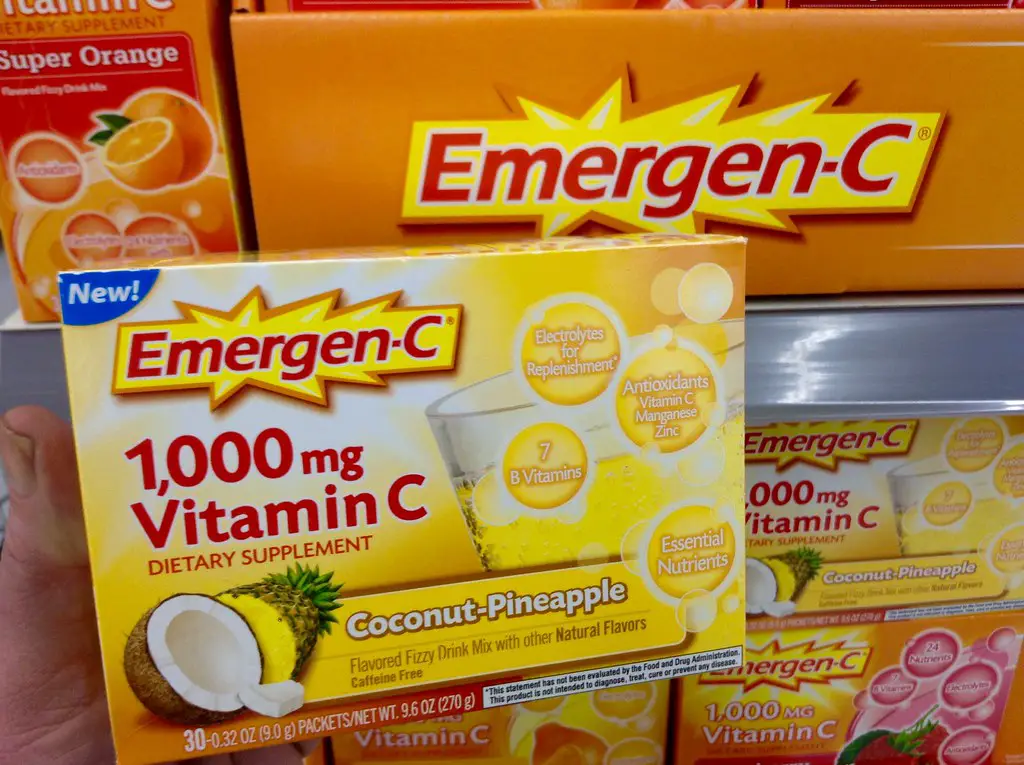
Powdered drink mixes, once a household favorite for making quick beverages, are steadily losing their place in modern pantries. These products often contain high levels of artificial colors, flavors, and sweeteners, which have fallen out of favor with today’s health-conscious consumers. According to a Food Navigator, millennials and Gen Z are shifting toward beverages that are organic, cold-pressed, or made with natural ingredients. Powdered mixes like lemonade, fruit punch, and sports drinks are being replaced by ready-to-drink options made with real fruit juice and fewer additives.
Environmental concerns are also playing a role, as powdered mixes often come in single-use plastic packaging, which is being phased out in favor of sustainable alternatives. Meanwhile, functional beverages infused with vitamins, probiotics, or adaptogens are surging in popularity, leaving powdered mixes struggling to compete. The shift away from artificial ingredients is pushing brands to either reformulate or lose relevance entirely.
5. TV Dinners

TV dinners were revolutionary when they hit the market in the 1950s—promising convenience, variety, and a futuristic approach to mealtime. But today, many of the classic varieties, especially heavier options like Salisbury steak, meatloaf, and turkey with gravy, are slowly being phased out, says Mashed. These meals, long associated with high sodium, preservatives, and processed ingredients, have fallen out of favor in an era that values clean eating and transparency.
In suburban grocery stores, freezer space is increasingly devoted to elevated ready-to-eat meals from trendy brands that emphasize organic ingredients, international flavors, or low-carb, keto, and gluten-free labels. The old-school aluminum-tray TV dinner doesn’t align with these newer preferences, especially as families seek out fresh meal kits or restaurant-style delivery instead of microwave-ready meals.
6. Instant Gravy Packets
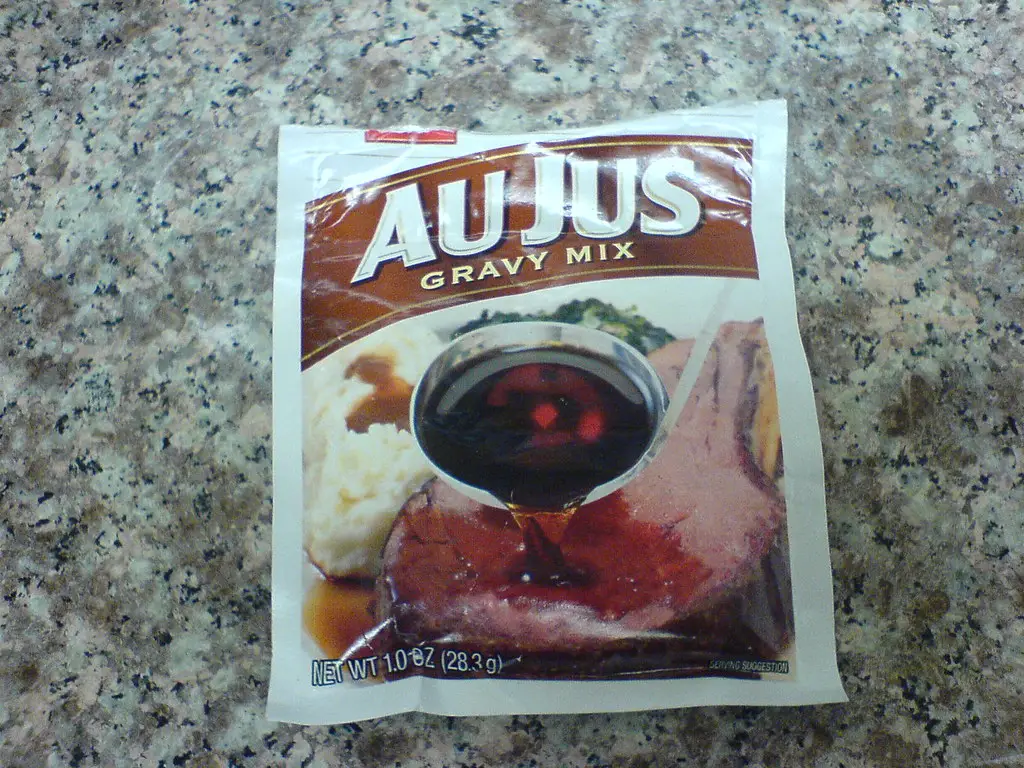
Instant gravy packets, once a kitchen shortcut for busy families, are quickly falling out of favor. These packets often contain high levels of sodium, artificial thickeners, and preservatives, which do not align with current health trends. More consumers are opting to make gravy from scratch using fresh ingredients, which is seen as both healthier and more flavorful. Additionally, the rise of pre-made, fresh gravies sold in refrigerated sections of grocery stores has further diminished the need for powdered alternatives.
As home cooking becomes more focused on quality and customization, instant gravy packets feel outdated and overly processed. Social media cooking tutorials have also made scratch gravy preparation more accessible, inspiring a new generation of cooks to move away from convenience packets. Furthermore, the limited flavor profiles offered by instant gravy brands fail to cater to the diverse tastes of modern households. With consumers prioritizing freshness, simplicity, and health, it’s no surprise that instant gravy packets are losing their place in pantries.
7. Canned Fruit Cocktail

Canned fruit cocktail, a nostalgic staple of mid-century pantries, is rapidly losing its appeal. These sugary, syrup-soaked mixes of peaches, pears, and cherries are increasingly seen as unhealthy and unappealing. Many consumers are choosing fresh or frozen fruits, which offer superior flavor and nutrition without added sugars or preservatives. The rise of pre-cut fresh fruit mixes available in supermarkets has further displaced the need for canned alternatives. Additionally, environmental concerns about aluminum packaging are prompting shoppers to reduce their reliance on canned goods.
Fruit cocktail’s association with outdated dessert recipes and cafeteria lunches also contributes to its waning popularity. As modern diets emphasize fresh, natural ingredients, fruit cocktail is being replaced by healthier, more versatile options. Meanwhile, innovative recipes featuring exotic fruits like dragon fruit, passion fruit, and lychee have made traditional fruit cocktail feel dull and uninspired. By 2025, it’s likely that this once-beloved pantry item will be relegated to history.
8. Corn Syrup
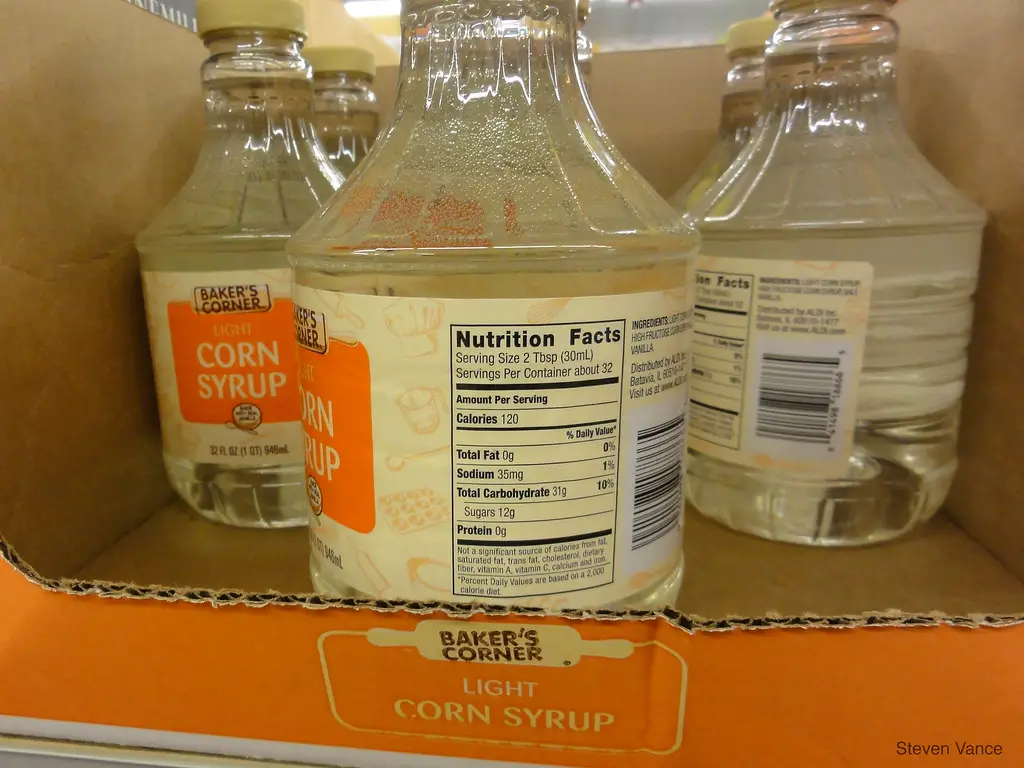
Corn syrup, a common ingredient in processed foods and baking, is facing a steep decline in popularity. As consumers grow more health-conscious, the high fructose content and links to obesity have led many to seek alternatives. Natural sweeteners like honey, maple syrup, and coconut sugar are becoming preferred choices due to their lower glycemic indexes and perceived health benefits. Additionally, the clean eating movement has placed an emphasis on avoiding overly processed ingredients, further pushing corn syrup out of favor.
Even in commercial baking, brands are replacing corn syrup with healthier, plant-based sweeteners to meet consumer demand. Concerns about genetically modified corn, which is often used to produce corn syrup, have also contributed to its decline. As consumers prioritize transparency and quality in their ingredients, corn syrup is being phased out in favor of more wholesome options.
9. Processed Cheese Slices
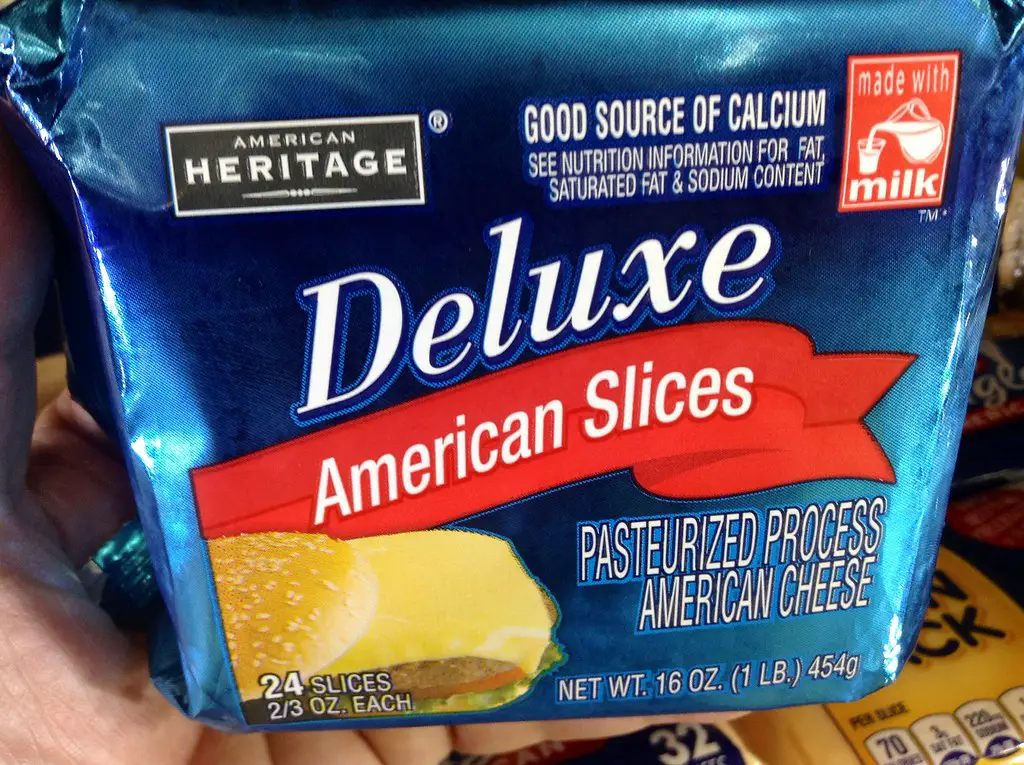
Processed cheese slices, often associated with quick sandwiches and childhood lunches, are steadily vanishing from pantry shelves. These cheese products, made with additives and emulsifiers, no longer align with the modern preference for natural and artisanal foods. Gourmet cheeses made from high-quality milk and aged to perfection are replacing their processed counterparts.
Younger generations, in particular, are driving the demand for fresh, flavorful cheeses that reflect culinary sophistication. The rise of plant-based cheese alternatives is also eroding the market share of processed slices, offering a vegan option that appeals to environmentally conscious consumers. As food culture becomes more refined and focused on authenticity, processed cheese slices are seen as outdated and overly artificial. By the end of 2025, these slices may only remain in the most nostalgic households.
10. Artificial Sweeteners
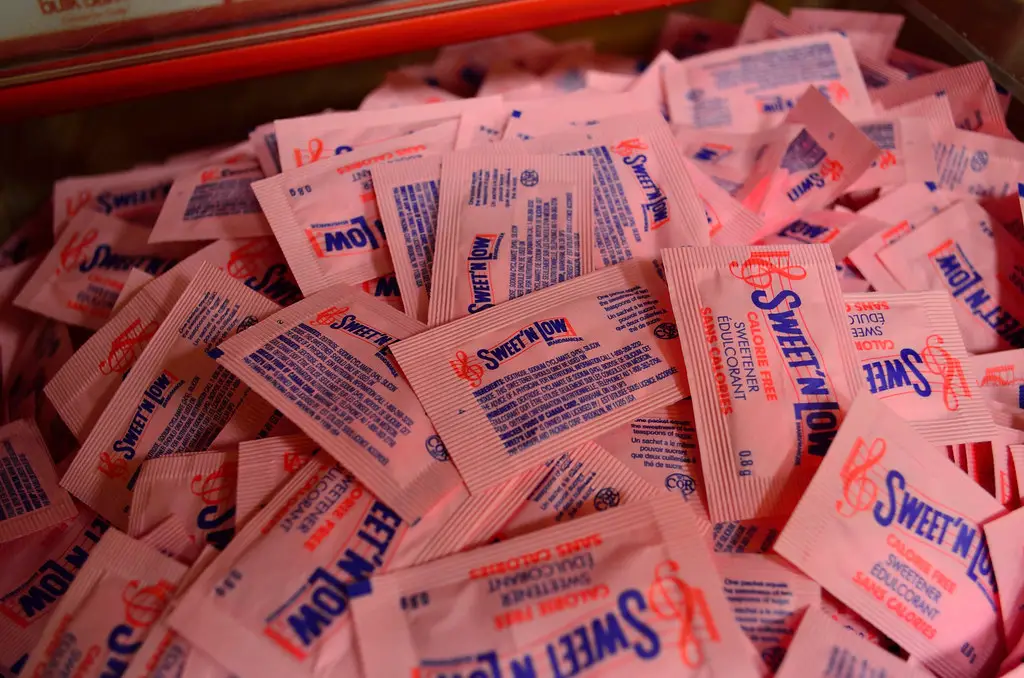
Artificial sweeteners like aspartame, saccharin, and sucralose are falling out of favor as more consumers turn to natural alternatives. Growing concerns about their potential long-term health effects and links to metabolic issues have caused a decline in their popularity. In their place, natural sweeteners like stevia, monk fruit, and agave syrup are gaining traction.
Many food companies are reformulating products to exclude artificial sweeteners altogether. Additionally, the trend toward clean eating has encouraged consumers to avoid overly processed ingredients. With an increased focus on holistic health, pantry staples are shifting toward simpler, more recognizable ingredients. As this trend continues, expect to see fewer brightly colored packets of artificial sweeteners in kitchens and cafés alike.
11. Canned Soups

Canned soups, once a pantry go-to, are rapidly losing ground to fresher, healthier options. Many brands are being criticized for their high sodium content, artificial preservatives, and lack of quality ingredients. Younger generations are opting for alternatives such as fresh or frozen soups, which are perceived as healthier and more flavorful.
In addition, the rise of meal delivery services and ready-to-eat fresh options have made canned soups feel outdated. Eco-conscious consumers are also turning away from canned goods due to the environmental impact of metal packaging. As these shifts occur, brands are struggling to maintain relevance, and canned soups may soon vanish from most households.
12. Hydrogenated Oils
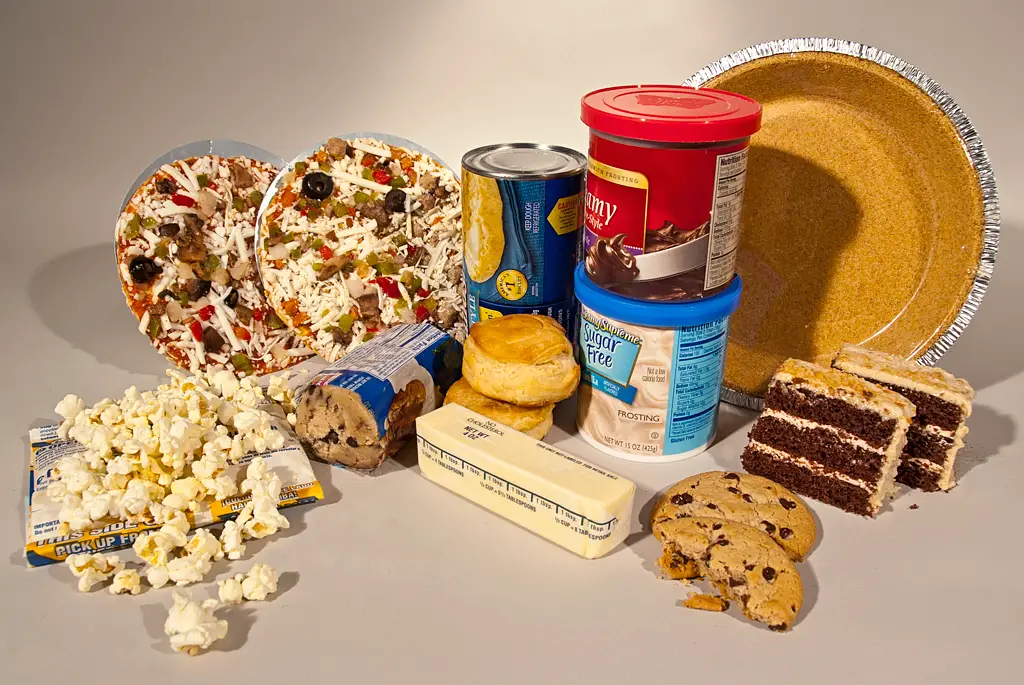
Hydrogenated oils, once a common ingredient in baked goods and processed foods, are steadily disappearing due to health concerns. The FDA officially banned partially hydrogenated oils in the U.S. in 2018, and since then, manufacturers have been phasing out products containing these trans fats. By 2025, it’s expected that fully hydrogenated oils will also face significant scrutiny.
Trans fats are linked to heart disease and other chronic illnesses, prompting both regulators and consumers to demand healthier alternatives. Popular replacements include coconut oil, avocado oil, and high-oleic sunflower oil, all of which are praised for their health benefits and versatility. As the shift continues, hydrogenated oils are becoming relics of a bygone era.
